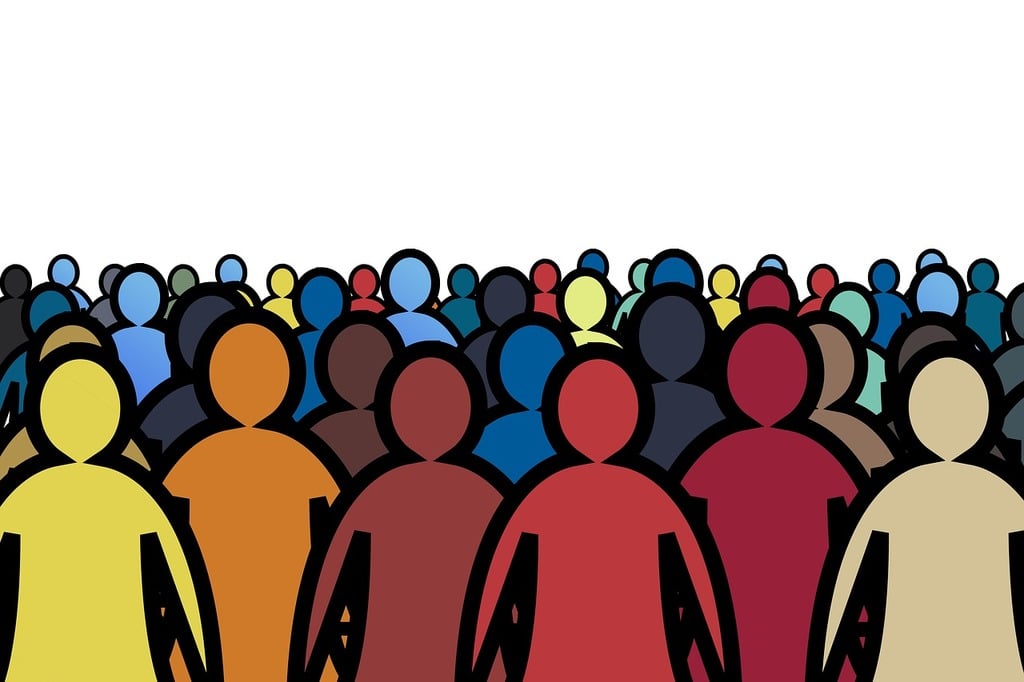Upcycling Old Clothes: Style Your Wardrobe, Save the Planet
Fresh looks don’t always have to come with a hefty price tag or a trip to the mall. Imagine breathing new life into your favorite shirts, jeans, or dresses with just a little creativity. Upcycling old clothes into new styles is more than a trend—it’s a movement. It keeps your wardrobe unique, saves money, and helps build a more sustainable future.
Let’s dive into the planet-friendly world of upcycling, where anyone can become a DIY designer and every closet has endless potential.
Why Upcycling Matters in Fashion
The fashion industry is one of the largest polluters on Earth. Fast fashion produces mountains of textile waste each year. Most of it ends up in landfills, while production itself consumes vast amounts of water and energy. As more people seek eco-friendly alternatives, upcycling old clothes stands out as a practical and stylish solution.
Upcycling isn’t just about patching holes or sewing on a few buttons. It’s a creative process that transforms forgotten garments into fresh favorites. Every handmade touch gives you a story to wear and a way to reduce waste.
Benefits of Upcycling Your Wardrobe
1. Eco-Friendly Fashion
Reducing textile waste and conserving resources is essential. By upcycling, you extend the life of your clothes and minimize their environmental impact. Every upcycled piece keeps materials out of landfills and reduces demand for new goods.
2. Unique, Personalized Styles
Upcycled fashion is never one-size-fits-all. Imagine transforming an old denim jacket with colorful patches or shaping a faded tee into a trendy crop top. Your creations are as individual as you are.
3. Affordable and Accessible
Anyone can upcycle. You need little more than a needle, thread, and imagination. Plus, upcycling saves money, making fashion more accessible for everyone.
4. Emotional Value
Clothes often carry memories—a concert tee, a college hoodie, a family sari. Upcycling can preserve these connections, allowing you to wear your memories in new ways.
Simple Upcycling Ideas to Try Today
Turn Jeans Into Denim Shorts
Cut worn-out jeans just above the knee for casual shorts. Roll the hems for a relaxed look, or add lace trim for feminine flair. Personalize with embroidery, paint, or iron-on patches for a contemporary twist.
Make a Tote Bag From a Shirt
A button-down or sturdy cotton tee can become a fashionable tote. Cut off the sleeves and neckline, stitch the bottom, and you have a unique bag perfect for shopping or the beach.
Refashion a Dress Into a Skirt
Outgrown dresses can find new life as skirts. Cut off the bodice and add a comfortable elastic waistband—the result is an easy, breezy skirt. Experiment with length and embellishments to match your taste.
Patchwork and Appliqué
Combine fabric scraps to create patchwork tees, jackets, or jeans. Use different textures and prints for a boho vibe, or stick to a color theme for a chic, minimalist look. Appliqué shapes, letters, or designs onto existing shirts for a playful update.
Transform T-Shirts Into Accessories
Tired tees can become headbands, scrunchies, or braided belts. Simply cut strips and braid or knot them—a fun way to accessorize and repurpose fabric you love.
Upcycling Clothes for All Skill Levels
You don’t need professional sewing skills to start. Many upcycling projects use simple tools: scissors, safety pins, and a bit of hand sewing. Even no-sew projects—like tying, knotting, or gluing—are fantastic for beginners or those short on time.
As you gain confidence, try using a sewing machine or learning new stitches. Online tutorials, community workshops, and social media groups are full of inspiration and guidance.
Adding Modern Flair to Vintage Finds
Thrift and vintage shopping go hand in hand with upcycling. When you spot a one-of-a-kind piece at a thrift store, think beyond its original style. Dye faded garments for fresh color, update buttons for a sleek look, or combine pieces for something entirely new.
Mixing vintage textiles with new trends results in fashion-forward outfits you won’t see anywhere else. This creative blend celebrates both sustainability and individuality.
Upcycling for Kids and Families
Upcycling can turn into a weekend family activity. Encourage kids to decorate old clothes with fabric paint or stamps. Turn worn-out jeans into aprons or transform a faded t-shirt collection into a quilt. These projects teach children about sustainability, resourcefulness, and creativity.
The Positive Impact of Upcycling on the Planet
Sustainable fashion choices matter. By extending the life of what you own, you reduce the need for resource-intensive new items. Upcycling conserves water, energy, and raw materials, all while reducing carbon emissions. Plus, it supports the slow fashion movement—a shift toward mindful, conscious consumption.
Consumers in TIER-1 countries, with higher rates of clothing consumption, play a crucial role in driving global change. By prioritizing upcycled and eco-friendly fashion, you can help shift industry standards and inspire others to follow suit.
How to Get Started With Upcycling
- Assess Your Wardrobe: Sort through items you don’t wear. Visualize how they could be transformed.
- Gather Basic Supplies: Start simple—scissors, needles, thread, safety pins, fabric glue, and a measuring tape are a great foundation.
- Seek Inspiration: Visit social media platforms, Pinterest, or sustainable fashion blogs for upcycling ideas.
- Start Small: Don’t feel pressured to make drastic changes. Begin with easy projects and build your skills.
- Share Your Creations: Show off your upcycled pieces to friends and family. Sharing your work can inspire others and build community.
Upcycling Old Clothes: Dos and Don’ts
| Dos | Don’ts |
|---|---|
| Wash clothes before working on them | Don’t upcycle dirty or stained fabrics |
| Plan your project before cutting | Don’t rush—measure twice, cut once |
| Mix and match fabrics for contrast | Don’t ignore fabric compatibility |
| Invest in good basic tools | Don’t use blunt scissors |
The Future of Fashion: Why Upcycling is Here to Stay
Upcycling isn’t just a passing trend—it’s an integral part of the growing sustainable fashion movement. As more brands and designers embrace ethical production, they are showcasing upcycled and recycled collections on major runways. This fusion of style and sustainability signals that conscious fashion can be both accessible and aspirational.
Consumers drive this change. Every time you choose to upcycle, you’re helping to reimagine the future of fashion—one where creativity, sustainability, and personal expression lead the way.
Conclusion: Start Upcycling, Start a Movement
Upcycling old clothes into new styles is a simple way to contribute to a healthier planet and refresh your wardrobe without breaking the bank. The possibilities are endless, limited only by your imagination and willingness to try something new.
Now is the perfect time to embrace sustainable fashion. Reach into your closet, grab those forgotten pieces, and let your creativity shine. You can start small, and every project makes a difference.
Ready to take the leap? Open your closet, unleash your creativity, and turn yesterday’s threads into tomorrow’s style. Join the upcycling movement—your wardrobe, wallet, and the planet will thank you!






